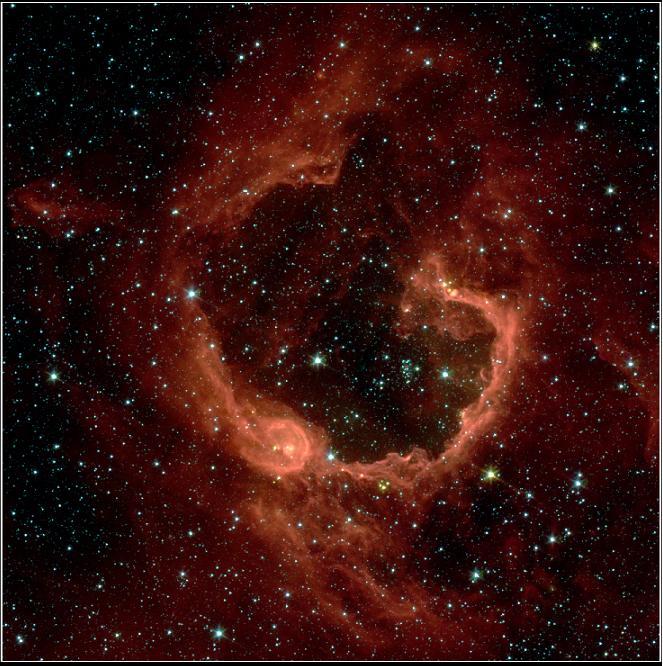A spectroscope with unique performance, capable of detecting tiny amounts of trace gases in real time, was developed by scientists from French and German research institutes as part of an integrated European project.

In recent years there has been great interest in the spectroscopy of residual gases. Thanks to its high sensitivity, the spectrometer can be used to detect compounds found in extremely low concentrations. This spectroscopy is used not only in basic research but also in fields such as metrology (the theory of weights and measures), the physical chemistry of the interstellar medium, the detection of tiny amounts of pollutants in the air, monitoring of industrial processes, etc.
However, in order to develop an effective spectrometer, several necessary characteristics are required, which are:
- The ability to operate in a wide range of wavelengths during a single measurement, so that it is possible to obtain information about many energy levels at the same time for basic spectroscopy, or to detect the presence of several different compounds at the same time for applied fields;
- Existence of a good resolution threshold (separation capacity), i.e. the ability to differentiate properly between the different wavelengths that make up the spectrum. This characteristic is necessary in basic spectroscopy to understand the dense spectrum of complex compounds, and in applied fields to differentiate with a high level of certainty between different substances present in the test sample;
- Having a measurement time as fast as possible, so that transient and rapid phenomena, such as chemical reactions, explosions, etc., can be observed in real time;
- Having a high sensitivity so that it will be possible to distinguish weak molecular transitions in basic spectroscopy, and in compounds found in low concentrations in the test sample in applied fields.
To date, no measuring device has combined all four characteristics at the same time. Now, in a spectrometer that has been developed, for the first time ever, the compromise between these limitations has been found, being based on extremely fine nozzles and two laser sources. The new method makes it possible to receive spectra with high sensitivity, and at a million times faster than all the best spectrometry instruments available today.
In a demonstration measurement, the spectrum of ammonia, a substance of great importance in environmental and planetary science, was measured in 18 microseconds: the resulting sensitivity was twenty times better, while the measurement time was a hundred times lower than the best results obtained for this substance. Thanks to such high sensitivity, and thanks to the ability to operate in all areas of the electromagnetic spectrum, this method can be used for dynamic testing in the field of center-infrared, the "fingerprint" area of ferrets, for which there is currently no effective real-time spectroscopic method.
The device could have many other possible applications in a variety of fields, such as analytical chemistry, plasma physics (ionized matter, the fourth aggregation state), laboratory astrophysics as well as biomedicine, environmental surveys and safety.

3 תגובות
It would be nice if there was also an explanation about the device itself
"femtosecond, thousandth of a nanosecond"
A femtosecond is a millionth of a nanosecond!
A thousandth of a nano second is a pico second!
Avi Luz